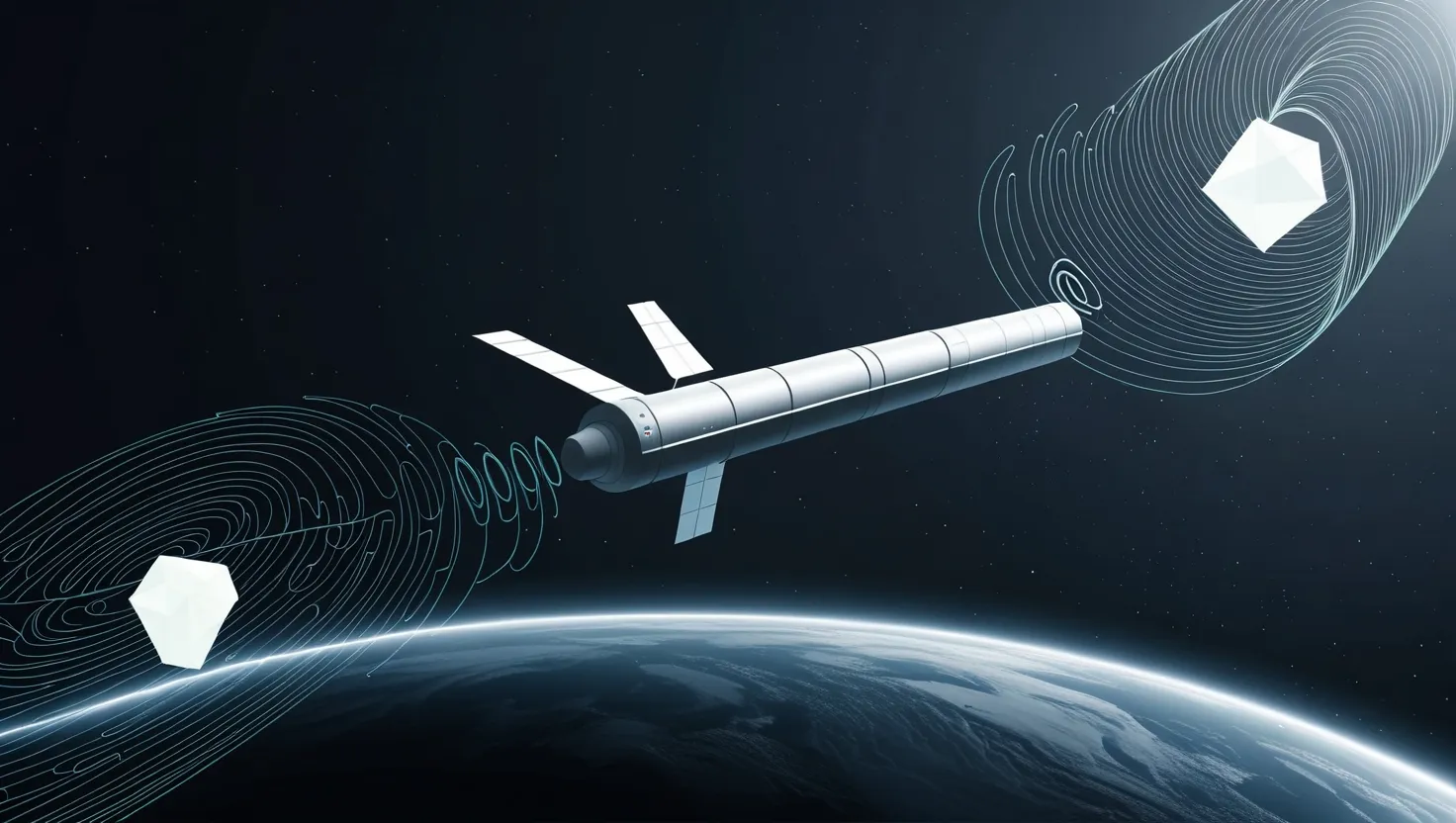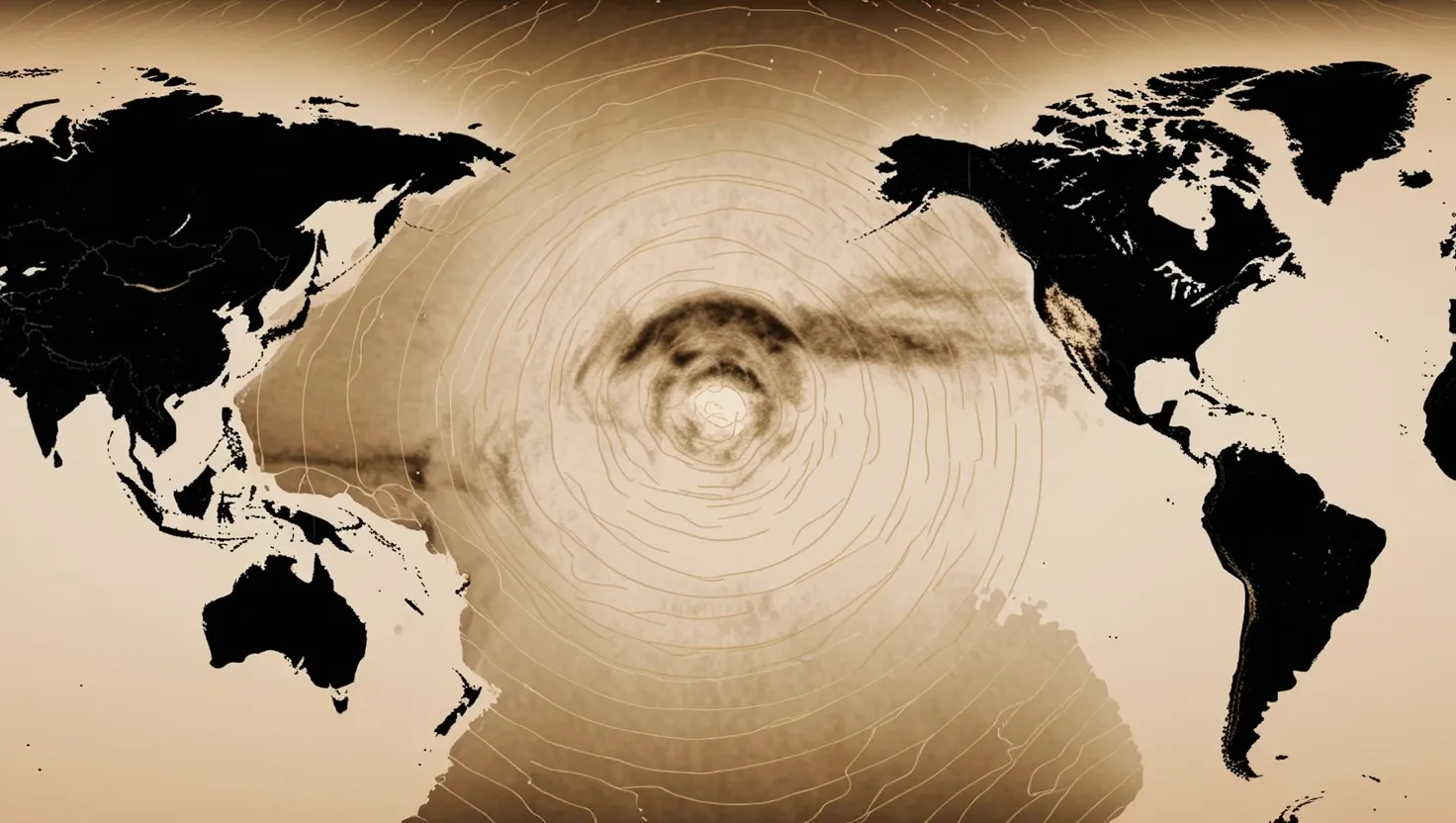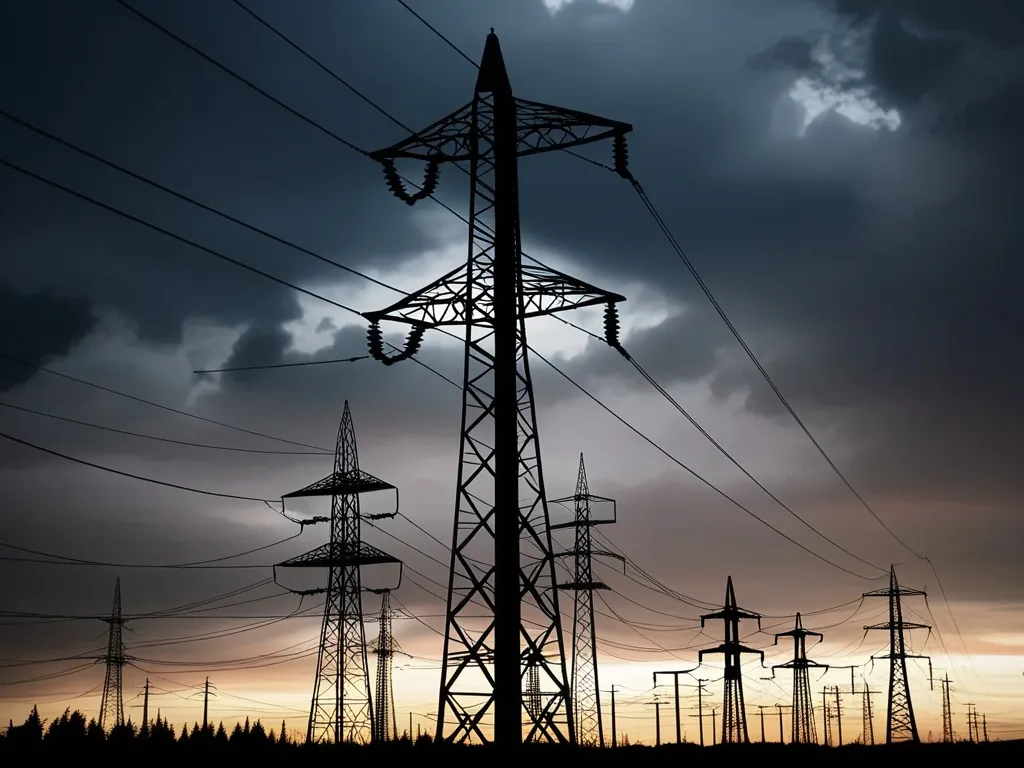Picture sitting in a quiet control room, miles above the Earth’s daily noise, where satellites beam silent guardianship over our planet. These machines, usually unflappable, can suddenly slip into chaos—right when strange lights appear in our skies and witnesses below gape at what official explanations can’t dismiss. I’ve spent a long time going over technical logs, sifting through eyewitness accounts, and piecing together the puzzle when satellites fail at the exact moments that UFO sightings grip entire populations. You might expect coincidence, but the patterns invite tougher questions: What could ground a satellite at the same time a city-wide UFO sighting unfolds? And are our most sophisticated machines truly immune to the inexplicable?
“Not only is the universe stranger than we imagine, it is stranger than we can imagine.” – Arthur Eddington
Let’s start in 1997, a Tuesday night in Arizona. Most remember the event as the Phoenix Lights—thousands looked up to see massive, silent triangles drifting over the desert. What fewer know is that 500 miles overhead, France’s SPOT-3 satellite lost power at the very same time. Telemetry records flagged wild voltage spikes, right as ground observers tracked a mile-wide craft gliding through the region. Engineers were dumbfounded. A healthy satellite doesn’t just black out in low-radiation conditions, and the technical logs matched witness time-stamps down to the minute. The satellite’s diagnostics showed one anomaly after another—voltage swings, guidance errors, sensors reporting data outside any predicted range. Outsiders wrote off the failure as random, but I kept circling back to one question: Why did the spacecraft’s electrical system falter precisely when the largest mass sighting in modern U.S. history was taking place below?
What does it take to rattle something built to withstand the void?
Fast-forward to 2006, Mexico City. Streets become parking lots as daytime skywatchers film luminous objects darting over the skyline. Newsrooms scramble, social media erupts. At the same time, the GOES-12 weather satellite returns scrambled, corrupted images—a rare and troubling event for meteorologists. While reviewing raw engineering data, satellite operators trace the problem to an unregistered microwave interference, matching almost exactly the flight paths of the unknown objects. This was not a single bad packet or checksum error. Imagery was intermittently replaced with digital noise, color bands melted into static, and sensor logs suggested a jamming source that didn’t show up on any known frequency allocation map. Experts later compared the interference to low-level electromagnetic pulses, the sort associated with military-grade jammers. But there were no military exercises, no solar storms, and the disturbance covered only the chunk of sky where the UFOs were reported.
Do we really believe a fault this specific could be an accident? Or are we confronting an entirely new category of anomaly?
“Somewhere, something incredible is waiting to be known.” – Carl Sagan
Let’s move to Scandinavia, 2010. In Norway’s frozen predawn, a luminous spiral spins across the sky. Videos shot across the region feed conspiracy and science blogs for years—most call it a failed missile, yet multiple military tracking stations never confirm a source. At the same moment, engineers monitoring the communications satellite Galaxy-15 watch in disbelief as the “zombiesat” suddenly ignores all commands. It’s as if the satellite has developed a mind of its own: control signals go unanswered, data packets turn to gibberish, and the satellite drifts out of its assigned geostationary slot for hours. Then, just as suddenly, it reboots itself. Manufacturer logs describe telemetry unlike anything they’ve seen—software routines jumped unpredictably, power surges appeared with no external trigger, and the system clock reset. Publicly, it’s chalked up to a rare hardware issue. What’s left unsaid is how the timing and the type of data glitches align with reports from radar and civilians who witnessed the spiral—right as Galaxy-15 went rogue.
What force, natural or otherwise, can scramble software and hardware designed to withstand everything our own Sun can hurl at it?
Now, let’s touch the secrecy of classified launches. In 2017, the U.S. deploys the Zuma payload—details are still locked down, but what’s known is that the launch failed spectacularly. The satellite, worth hundreds of millions, disintegrates before settling into orbit. Everything about the mission is strange: ISS astronauts report clusters of unidentified objects nearby, yet when recovery teams search the sky for debris, they find nothing. Space Command data shows no expected re-entry signatures. Was it sabotage, failure, or something even stranger? Insiders whisper about telemetry anomalies in the moments before loss of contact, including readings that suggest external acceleration and abrupt sensor drop-outs. It’s the silence that’s most conspicuous—no leaks, no images, as if everyone agreed to look the other way.
I’m drawn to these gaps—not by conspiracy, but because nature rarely acts in such coordinated silence.
“The most beautiful thing we can experience is the mysterious. It is the source of all true art and science.” – Albert Einstein
Finally, we reach 2020, where the line between confirmed sightings and hardware failure blurs in real time. The Hubble Space Telescope is observing off the Florida coast when Navy pilots report high-speed, maneuvering craft on radar and infrared. Hubble’s systems, robust after decades in orbit, suddenly shudder and the telescope enters safe mode—a protective posture reserved for extreme events. Diagnostic logs aren’t blaming a cosmic ray burst or routine hardware glitch. Instead, they repeatedly mention “external high-energy particles,” a phrase usually reserved for solar storms. Except—there was no solar activity at that moment. Even more striking, the timing matches Navy radar returns showing objects performing maneuvers outside our technological reach.
What could inject high-energy particles into a spacecraft’s shielded electronics, without affecting anything else in orbit?
And here’s the question I keep returning to: are these just the quirks of probability, or are we missing the signals in the noise?
Think about the complexity of the satellite ecosystem. With every major failure, engineers comb through gigabytes of logs. They expect random upsets—cosmic rays, debris, static charge buildups. But what these cases have in common is not just timing; it is the coexistence of crowd-verified UFO sightings and tech failures that resist simple binary explanations. When entire towns are looking up and witnessing the same structured objects, and when at that same instant an advanced satellite blinks out, that’s a pattern worth more than a shrug.
Here’s another fascinating layer. Satellites, especially the ones involved in these incidents, are built with extensive shielding. Redundant systems, multiple fallback routines, and hardened circuits are designed specifically to avoid single-point failures from cosmic events. Yet in these five cases, the failures were not only catastrophic, but came paired with electrical anomalies that follow no familiar pattern in the logs. These weren’t just glitches—they were sustained losses of control, sensor overloads, and telemetry corruption that matched real-time reports from the ground.
Could it be that we’re witnessing a form of interaction—however accidental—between unidentified aerial or orbital phenomena and our machines? I can’t help but wonder whether the same effects that confuse air traffic control, jam military radar, and spook pilots are also reaching into space to disrupt the most robust hardware humans have ever made.
“The universe is not only queerer than we suppose, but queerer than we can suppose.” – J.B.S. Haldane
So why does this matter? Beyond the spectacle, beyond the debate between skeptics and believers, these cases raise fundamental questions. What are the bounds of our technological resilience in the face of unknown energy sources or electromagnetic disruptions? How do we design for the unpredictable, the unexplained? And perhaps most importantly: What else might our satellites have seen, recorded, or failed to record, that we haven’t matched up with human observations yet?
I believe there’s value in considering these patterns honestly—not as proof of extraterrestrial contact, but as evidence that our interaction with the unknown is far from complete. Each satellite failure tied to a mass UFO sighting is like a black box with half the data missing. The logs, the diagnostics, and the eyewitness accounts together sketch a picture that defies easy explanation. Maybe the answer is technological, maybe psychological, or maybe the frontier is broader than we’ve let ourselves imagine.
Every so often, a coincidence is just that. But sometimes, a pattern emerges that dares us to pay attention. Is our technology showing us where to look, or what we’re missing? And if so, are we brave enough to ask the next question—before the next unexplained blackout above our heads?






